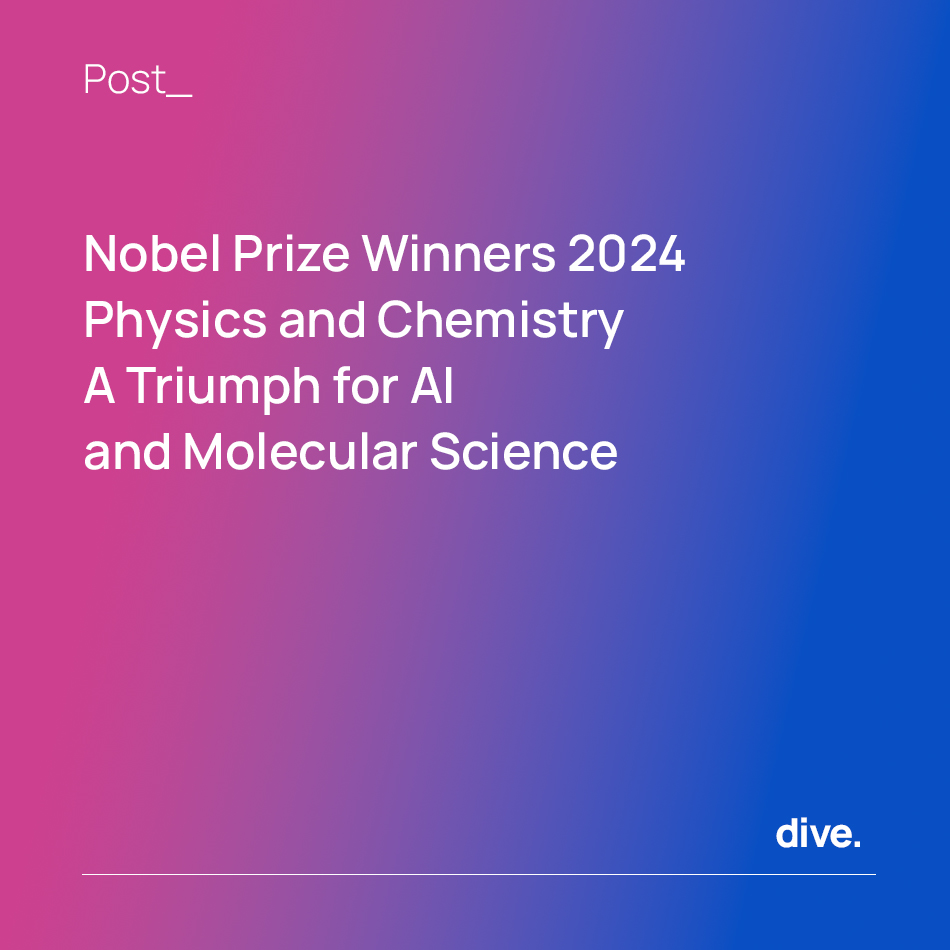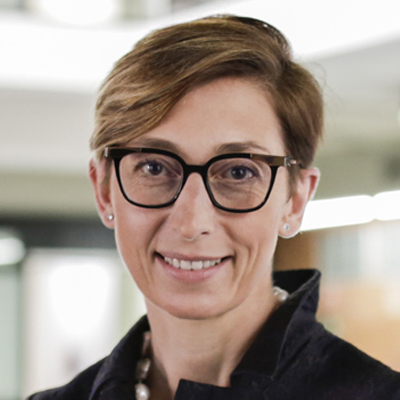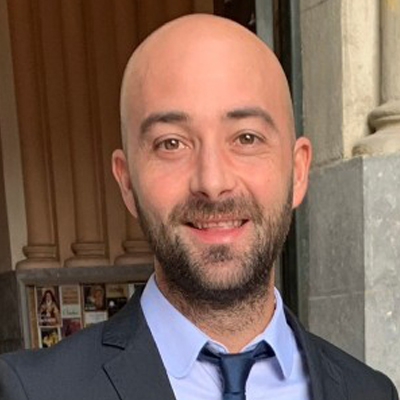The Nobel Prizes for Physics and Chemistry in 2024 underscore how artificial intelligence and molecular science are leading transformative discoveries across multiple fields. From the foundational work in artificial neural networks to breakthroughs in protein design and prediction, these achievements mark a milestone in scientific progress.
Nobel Prize in Physics 2024: A Foundation for Modern AI
This year’s Nobel Prize in Physics was awarded to John Hopfield from Princeton University and Geoffrey E. Hinton from the University of Toronto for their seminal contributions to artificial neural networks. Their work, originating in the 1980s, has laid the groundwork for machine learning, an essential element in today’s artificial intelligence (AI) revolution.
Hopfield developed the Hopfield network, an associative memory model that allows the storage and reconstruction of patterns, even when they are incomplete or noisy. This model uses physics principles, specifically the behavior of atomic spins, to simulate how data patterns can be stored with minimal energy. This ability to reconstruct distorted information has broad applications in data science and AI, particularly in fields such as image recognition.
Hinton’s contribution built upon Hopfield’s model, using statistical physics to create the Boltzmann machine, an early generative model capable of recognizing patterns in data and learning from them. His innovations in neural networks paved the way for today’s deep learning technologies, widely used in applications such as speech recognition, image classification, and natural language processing.
Their work has led to AI becoming a pivotal tool in many scientific and industrial fields, including material science and healthcare, where machine learning models are applied to discover new materials and predict their properties.
Nobel Prize in Chemistry 2024: Cracking the Code of Proteins
The 2024 Nobel Prize in Chemistry honors David Baker from the University of Washington, alongside Demis Hassabis and John Jumper from Google DeepMind, for their revolutionary work in protein design and prediction. Proteins are vital molecules in living organisms, controlling nearly all biochemical reactions.
Baker’s achievement in computational protein design has enabled scientists to create entirely new proteins, designed for specific functions. These synthetic proteins have groundbreaking applications, from vaccines and pharmaceuticals to nanomaterials.
His work opens new doors in biotechnology, offering possibilities for designing proteins that can address pressing challenges, such as developing new therapeutic agents or creating eco-friendly materials.
Hassabis and Jumper were jointly awarded for their breakthrough in predicting protein structures using the AI model AlphaFold2, a tool that has solved a 50-year-old problem in biology. Predicting how amino acid sequences fold into complex 3D structures is crucial for understanding protein function, and AlphaFold2 can now predict these structures with remarkable accuracy. This tool is being used globally to understand diseases, create new medications, and even design enzymes that break down environmental pollutants like plastics.
The AI and Molecular Science Revolution
The 2024 Nobel Prize winners have demonstrated how artificial intelligence is not only driving advancements in technology but also solving some of biology’s most complex puzzles. The synergy between physics, AI, and chemistry promises an era where intelligent systems can predict and design solutions that were once unimaginable. These breakthroughs, both in neural networks and protein science, stand as a testament to the power of cross-disciplinary innovation.
This year’s laureates have not only transformed their respective fields but also provided tools that will shape the future of science and technology, opening up new avenues for research and industrial applications.






